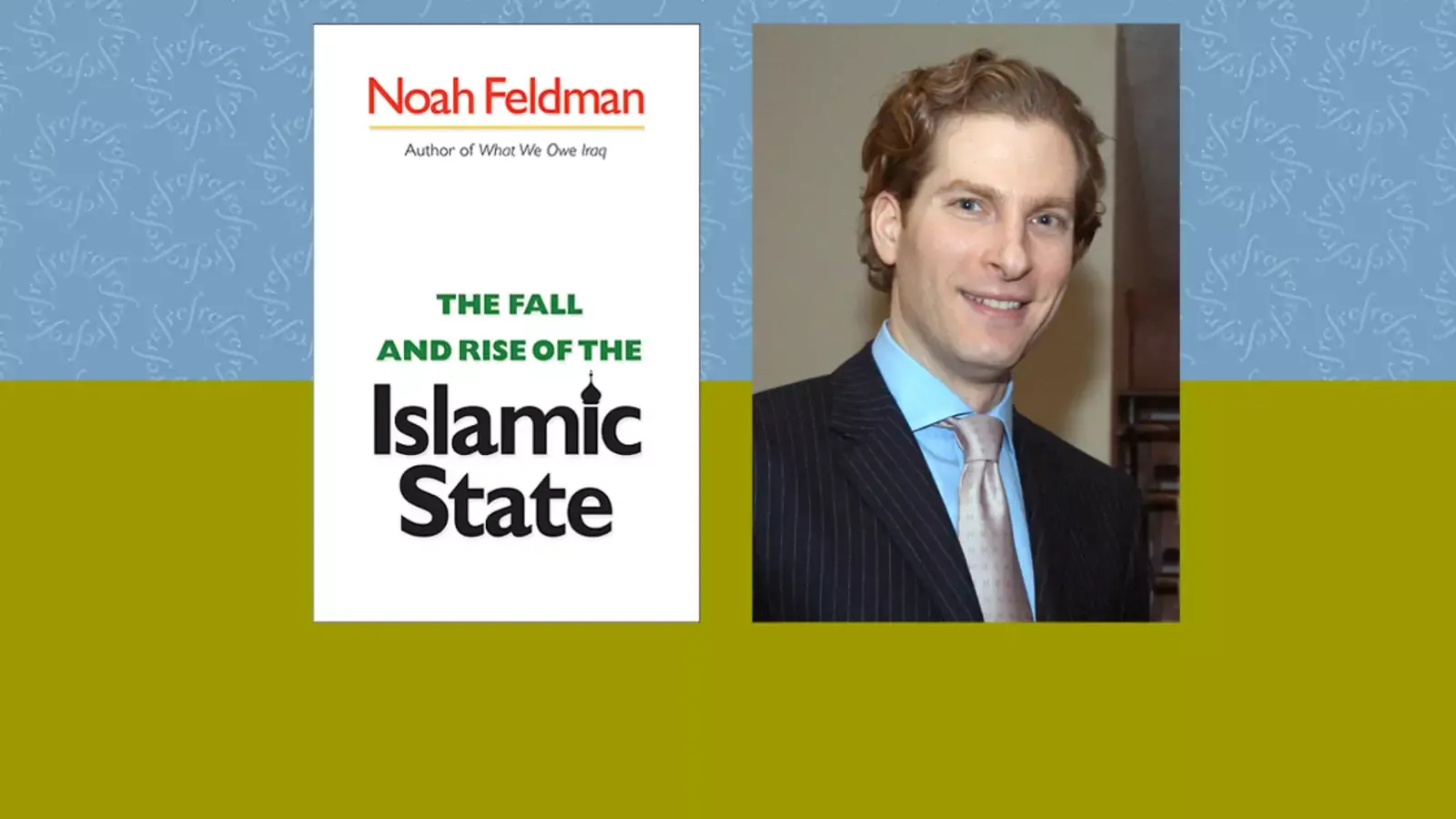The Fall and Rise of the Islamic State

Introduction
In this book, CFR Adjunct Senior Fellow Noah Feldman provides a sweeping history of the traditional Islamic constitution—its noble beginnings, its downfall, and the renewed promise it could hold for Muslims and Westerners alike. Teaching notes by the author.
Summary
Today's popular Islamist movements call for the establishment of the sharia as a crucial plank in their political platform. Given the severity of some of the law's provisions, why has this call for the sharia helped Islamists succeed in so many elections throughout the Muslim world? Where Islamists are being elected, can the Islamic state succeed? The Fall and Rise of the Islamic State seeks to answer these questions through a new interpretation of Islamic constitutional history.
In the minds of many Westerners, the sharia is oversimplified to mean women wearing veils and corporal punishment for thieves and adulterers, but Feldman demonstrates that these are not the primary reasons for its resurgence. Instead, Feldman argues that calls for an Islamic state are really calls for law and for justice.
To illustrate this, Feldman first describes the sharia during its heyday—a carefully balanced system in which an unwritten constitution was analyzed, discussed, interpreted by a scholarly class of the 'ulama,' and administered by the rulers. He shows that this system was weakened irrevocably by reforms made by the late Ottoman Empire in an attempt to catch their European counterparts.
The introduction of a legislature and a written constitution and the eventual abolishment of the caliphate effectively removed the system of checks and balances offered by the scholars. In this vacuum, the power of the executive grew at the expense of law and justice, writes Feldman.
It is in this void of political justice that the calls for the establishment of sharia are finding renewed interest. Feldman examines what these new Islamic states currently look like and what their prospects are for success. He argues that a modern Islamic state could work, but only if new institutions emerge that restore a constitutional balance of power to the government.
This report is suitable for courses on the history of the modern Middle East, Islam and Islamism, and politics in the modern Middle East. These teaching notes, discussion questions, and suggestions for further projects, including class debates and op-eds, may be useful for students in any of the courses above.
Instructors in specialized or advanced-level courses may wish to supplement this report with additional readings. The Supplementary Materials section at the end of the report is a good place to start.
Discussion and Essay Questions
Courses on the History of the Modern Middle East
- To what extent did sharia function as constitution in early Muslim states? What are the similarities and differences between the development of sharia, and the development of constitutions in states outside the Middle East?
- The author makes the argument that the power of the scholars to interpret the law in the context of sharia acted as a balance to the power of the ruler during certain historical periods. Identify a period where this may have been true. How did the balance of power work (or not work) to promote the rule of law?
Courses on Islam and Islamism
- Should Islamic law have an official place within the legal systems of states where Muslims constitute a minority? If the desire for sharia in Muslim-majority states is spurred in large part by a desire for reform and a return to rule of law, is there also an argument for sharia as a tool of reform in liberal democracies?
- Islamist movements have profound populist appeal, and so the call for a return to sharia often becomes a catch-all solution for the various social grievances of a given group within society. If this is true, then in what ways does or doesn't sharia remain a useful organizing principle?
Courses on Politics in the Modern Middle East
- In many Muslim states, the constitution, whether making direct reference to Islam or not, has frequently been ignored or used selectively by the executive. Will the new constitutions of Afghanistan and Iraq continue that trend, and does their official recognition of Islam make any difference?
- Discuss some of the different conceptions of what sharia means to different political groups in the Middle East. Who conceives of sharia as a legal code, and who sees it as something analogous to the "spirit" of the law? What are other conceptions of what sharia might mean, and how to do they reflect the state of the societies where they appear?
Supplementary Materials
Ahmed, Akbar S. Postmodernism and Islam: Predicament and Promise. (London; New York: Routledge, 1992).
Crone, Patricia. Medieval Islamic Political Thought. (Edinburgh University press, 2005).
Hodgson, Marshall G.S. The Venture of Islam, Vols. 1–3. (Chicago: University of Chicago Press,1977).
Mottahedeh, Roy. The Mantle of the Prophet: Religion and Politics in Iran. (New York: Oneworld Publications, 2000).
Vikor, Knut S. Between God and the Sultan: A History of Islamic Law. (Oxford, England; New York: Oxford University Press, 2005).